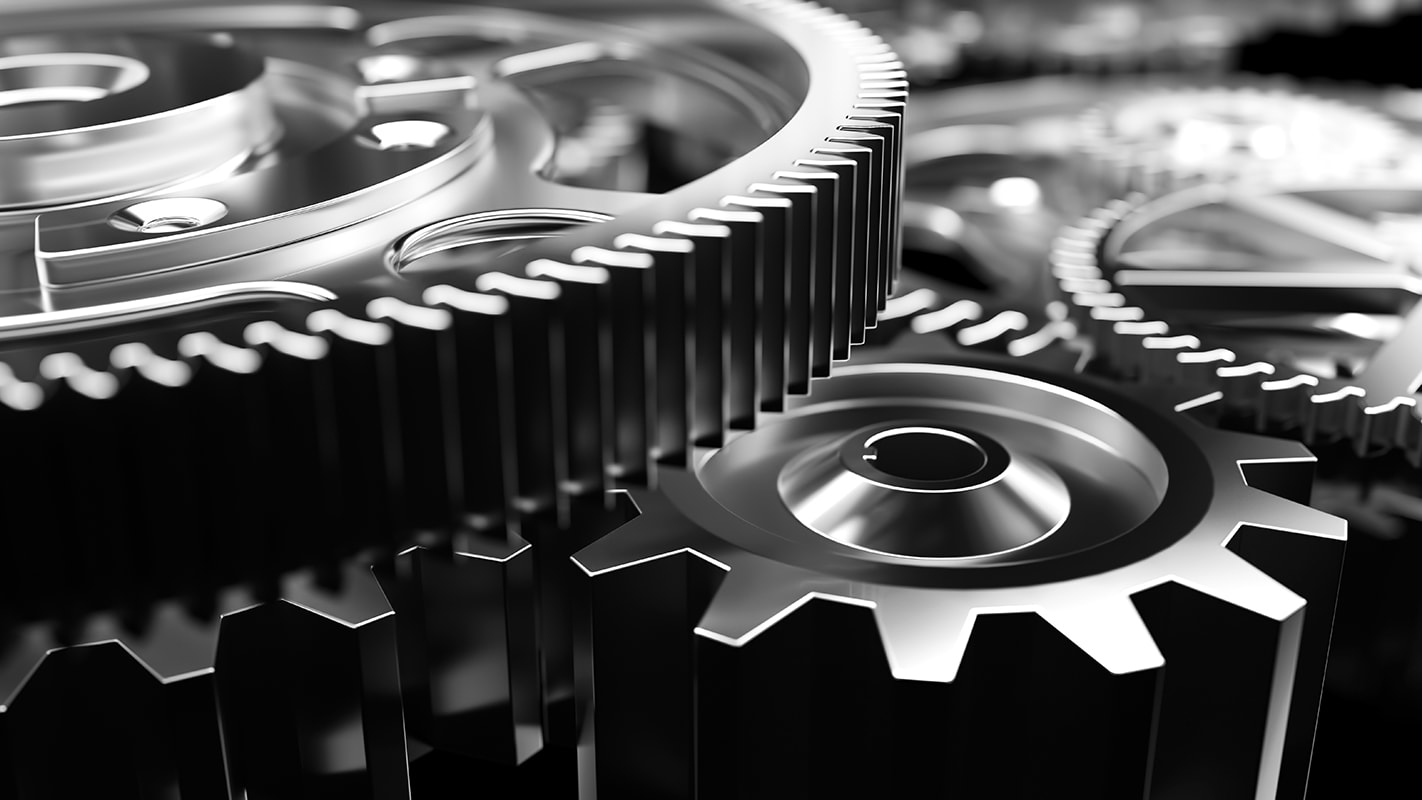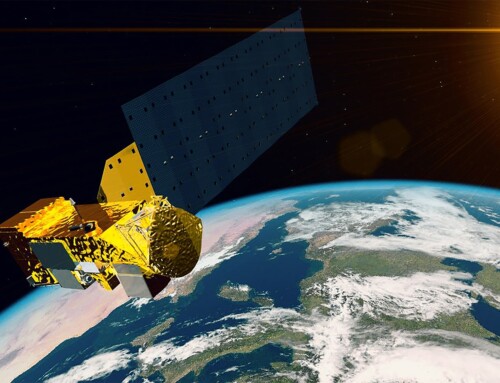
Industry Related News: United States – September, 2020:
The team behind NASA’s Artemis lunar missions has been preparing the gear and components of their vessels for not only the heavy toll of exiting the atmosphere, but on the landing and continued survival of the craft on the surface of the moon itself. They recently began thermal testing on special gears that can completely change the timeline and energy demands of their missions. Something as small as a gearbox attached to an antenna may seem insignificant, but traditional gearbox setups require energy to heat and lubricate the gears in extremely low temperatures in order for them to function properly. With the work of NASA’s Bulk Metallic Glass Gears (BMGG) project team, scientists and engineers seek to develop a gearbox that can function without being artificially heated, which can conserve precious energy on a long mission.
In order to better understand the current capabilities of this phase of the BMGG project, the team recently put the gears through a barrage of extreme thermal tests. At NASA’s Jet Propulsion Laboratory’s Environmental Test Lab, the team performed multiple rounds of tests using liquid nitrogen to simulate -279°F (-173°C) conditions. These extremely low temperatures surpass the harshest colds of lunar night on our moon and more closely resemble the environment on Jupiter’s moon Europa nearly 400 million miles away. They tested the gears’ functioning ability in the cold conditions before implementing “shock testing.” During these simulations, they caused a sudden jolt, and eventually a forceful impact, by firing steel projectiles at a beam located on the testing harness in order to shock the gearbox. By monitoring the electrical current running through the gearbox, they were able to tell if the gears’ performance was hampered or if they lost any ability to function. The gears passed each shock test at the aforementioned temperatures, allowing for missions during lunar night with plummeting temperatures that would require a great deal of power for traditional gearboxes. The energy saved from the gear heating process can extend the lifespan of the rover or allow for added capability. The possibilities allowed from the function of a few collections of gears is remarkable.
From engines to gearboxes, it is crucial to use thermal cycling and atmospheric testing to better understand the capabilities and limitations of your components. NASA used liquid nitrogen for their temperature tests, but thermal test chambers like the ELI-1000 and the Khoury Box developed by Khoury Industries allow for reliable and accurate thermal cycling. No matter your industry, this process can prove to be invaluable.
NASA, “New Gears Can Withstand Impact, Freezing Temperatures During Lunar Missions“ nasa.gov, September 2020, Accessed 28 September 2020.
ABOUT KHOURY INDUSTRIES
Khoury Industries is a worldwide leader in temperature testing equipment for device characterization, thermal cycling equipment, and failure analysis. Khoury Industries designs and manufactures custom thermal testing chambers and microwave thermal testing fixtures used in a variety of industries including: military, space, automotive, medical, research, and communication fields. The Khoury Box and the patented ELI-1000 have quickly become industry favorites as thermal testing devices used to ensure the reliability of industrial and electronic products through prolonged exposure to extreme conditions.
For more information, contact:
Penny Aicardi
Khoury Industries
5 Mechanic Street
Bellingham, MA 02019
[email protected]






